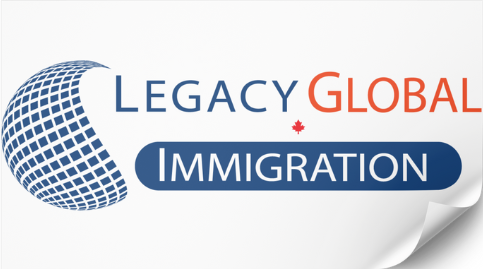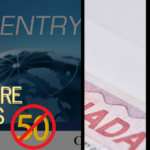Abstract
The Government of Canada has introduced a new approach to immigration, acknowledging the need for a balance between economic growth and the challenges posed by housing and social service capacities. This shift is underscored by the recent announcement from the Honourable Marc Miller, Minister of Immigration, Refugees, and Citizenship, emphasizing a more sustainable immigration model that includes targets for both temporary and permanent residents.
Introduction
Immigration remains a cornerstone of Canada’s economic strategy, contributing almost entirely to the nation’s labor force growth. The COVID-19 pandemic brought unique challenges, prompting the federal government to implement temporary measures aimed at attracting skilled international workers and students to support businesses through a period of rapid economic recovery. While these initiatives proved effective in meeting immediate labor shortages and sustaining economic momentum, recent changes in the economy and ongoing social pressures highlight the need for a recalibrated approach.
A Response to Changing Needs
In a recent address, Minister Marc Miller outlined the evolving immigration policy, which now considers both immediate and long-term socioeconomic factors impacting Canadians and newcomers alike. With housing shortages and strained social services, the federal government recognizes the importance of measured growth in immigration. This new plan aims to address public expectations for improved management within the immigration system while maintaining Canada’s commitment to a diverse and dynamic workforce.
New Targets for Temporary and Permanent Residents
A significant innovation within the updated Immigration Levels Plan is the inclusion of targets for temporary residents, encompassing international students and temporary foreign workers, alongside traditional permanent resident goals. This comprehensive approach aims to ensure communities are well-prepared to support newcomers, preserving the integrity of Canada’s immigration system while enhancing resource allocation. By setting realistic goals, the government aims to facilitate a smoother integration process for newcomers, contributing to a sustainable and inclusive future.
Conclusion
Canada’s updated immigration policy reflects an adaptive strategy responsive to both the country’s economic needs and social infrastructure capabilities. This balanced approach positions Canada to continue benefiting from immigration while responsibly managing the pressures that accompany population growth.







